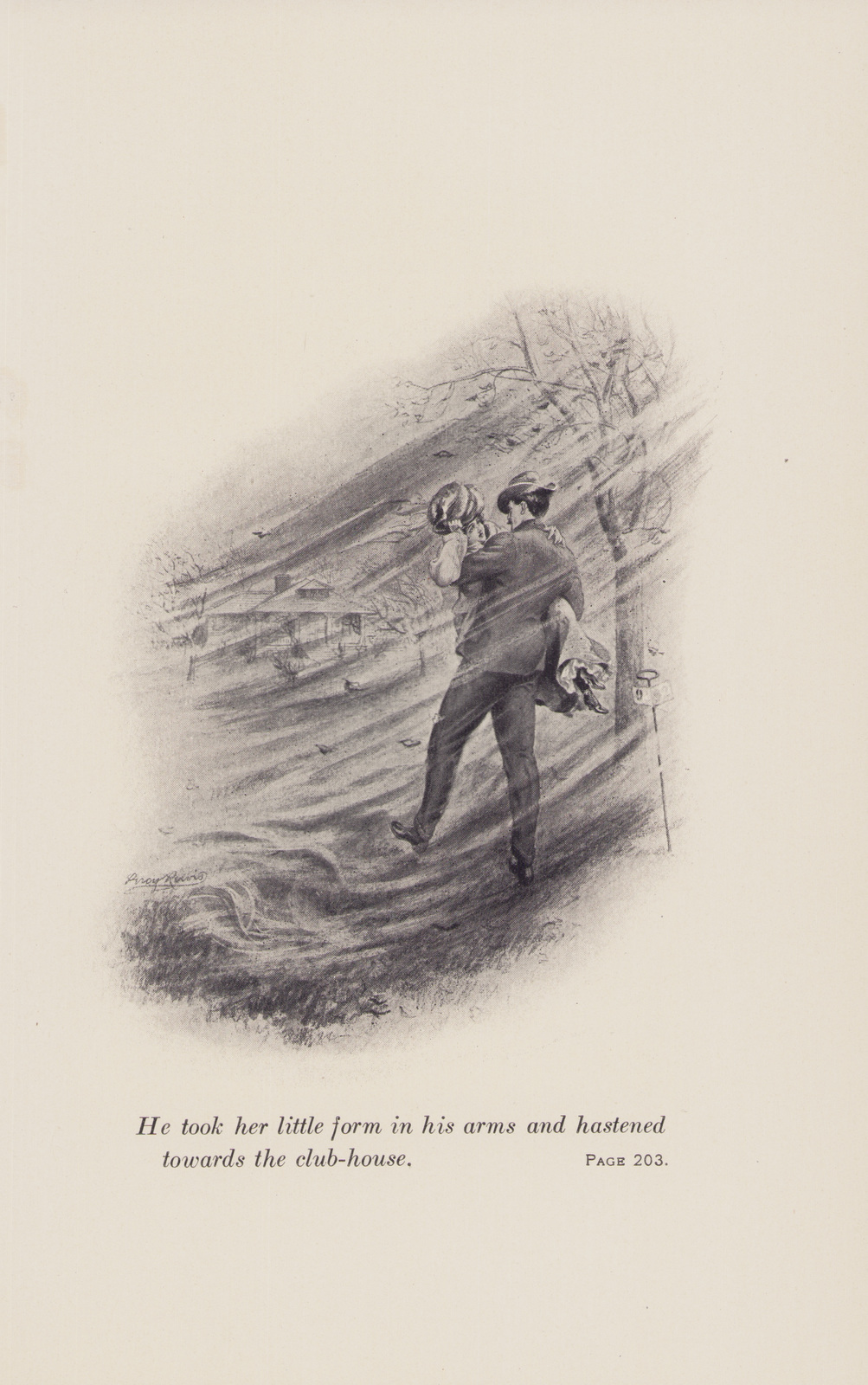Gilded Age Golf and the Red Jacket Golf Club
The lovely Delaware Park Golf Course, which rolls over one of Frederick Law Olmsted’s many beautiful Buffalo parks, has been a favorite of golfers since the 1890s.
But it was also once the setting for some of the sexy shenanigans of the upstart Elmwood Set (which I call the Ashwood Set in my books), who were determined to establish themselves as a hipper version of the the city’s old-money stiffs.

The Red Jacket Golf Club clubhouse, circa 1899.
In 1898 – three years before the Pan-American Exposition and the events described in my first novel, The Unsealing, the upstarts of Elmwood – frozen out of the real upper crust – decided to take up the then-new craze of golf. But where to play? The Country Club of Buffalo – full of Hamlins and Spauldings and other blueblood families, wasn’t accepting applications from the nouveaux riches. They were quite content in their fine clubhouse and private course.
So the Elmwood Set decided to go their own way. They formed a new club, the Red Jacket Golf Club, so named not only for the influential Seneca chief Red Jacket (Sagoyewatha, or ‘He Keeps Them Awake’ in the Seneca language), but also likely as a tongue-in-cheek reference to the era’s custom-slash-requirement that golfers wear red jackets while on the links.

(By the way, golf—as one of the few sports that men and women could play in close physical proximity—owed a great deal of its early success to the opportunities it provided for flirtation and fondling. Croquet teed up similar chances, but by the late 1890s it was considered rather dull, a game for old fogeys. Much more about all this Victorian naughtiness can be found in The Unsealing and A Murder in Ashwood.
You may also be interested to learn that in those days, avid (male) amateur golfers—even ones involved in tournament play—refused to allow their names to be printed in the newspapers, for fear that they would be suspected either of neglecting more manly affairs in favor of the leisurely, layabout game of golf—or of being of slightly dubious moral character and ‘ladies’ men’.)
Back to our story. The Red Jackets now had a club, but no course. So they adopted the only other golf course then existing in Buffalo: the one in Delaware Park, a public nine-hole course. Soon enough, the newcomers appropriated it as their private enclave—the upper-middle-class equivalent of exerting squatters’ rights. Police blotters from 1898 to 1903 include any number of complaints made against the Red Jackets for chasing non-members of their club off of what was first and always a public course, falsely asserting that Delaware Park was Red Jacket private property. And those complaints were from only those pissed off enough to call a cop, so there were probably quite a few that went unreported.
Now that they had a club and course (if one acquired by eminent domain), the only thing lacking was a proper clubhouse. So the fledgling Red Jackets contracted with William Sydney Wicks, principal of the prominent Buffalo architecture firm of Green & Wicks (and founding member of the Red Jacket Golf Club—interestingly, his partner, Edward Brodhead Green, was a member of the Country Club and designed their clubhouse), to design and build a shingle-style home of their own. The resulting building (shown here, from an 1899 issue of Golf magazine), albeit considerably smaller than that of the Country Club (which must have rankled), officially established the Red Jacket Golf Club as a rival to their higher class competitor. And established a toehold for the Elmwood Set among Buffalo’s movers and shakers.
If only it had lasted.
As with so much associated with the Elmwood Set, the new Red Jacket clubhouse quickly became a hive of intrigue. Plenty of actual and suspected love affairs, jealousy-fueled shouting matches (a noteworthy one involved a mutual death-threat) and a solid helping of illicit canoodling took place in the clubhouse. Then, to top it off, in 1903 club president Edwin Burdick was beaten to death in his home—and, as many thought at the time, with his own golf club! And by a woman! The scandal brought reporters from across the country down on the club, and members fled—some until the heat died down, and some for good.
The Red Jacket Golf Club then changed its name to the Buffalo Golf Club, and soon after the little building that had been the site of so much drama burned down. It was in time replaced by the substantial stone building that now stands along Parkside Avenue, not far from the site of its lost predecessor.
And, in time, the members of the Red Jacket grew up, grew old, and perhaps grew wealthy enough to secure their place at the Country Club of Buffalo—which is what they’d wanted all along.
